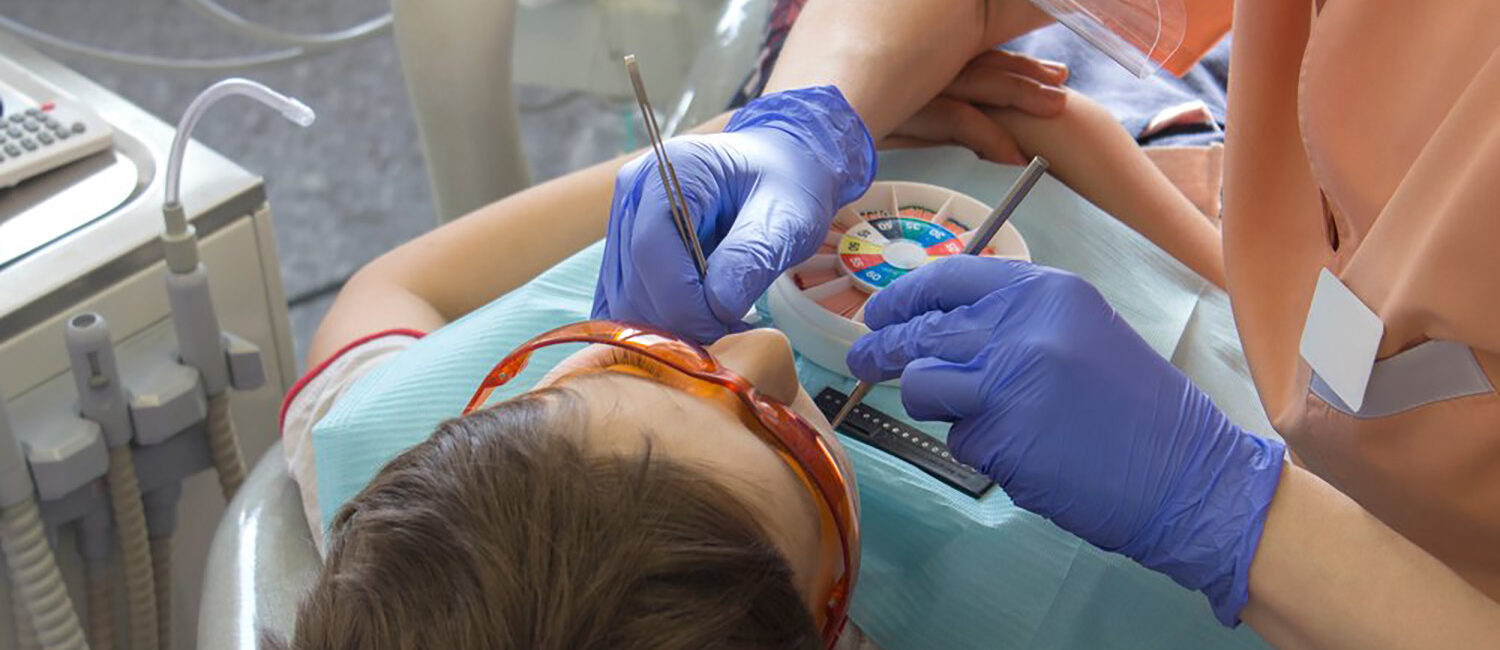
Root canal treatment is among the most dreaded dental procedures. The procedure takes place in a sensitive part of your body and can be uncomfortable. For this reason, many patients dread this procedure and fearing root canal treatment pain is normal. It’s hard for a dentist to eliminate all the infectious material in your root canal, which can cause the infection to reoccur.
The complexity of removing the materials is due to limited space in your root canal to access and disinfect. Fortunately, researchers have come up microrobot system to solve the issue. The technology helps dentists to perform root canal procedures such as drug delivery, biofilm disruption, and sample retrieval within the limited space of your root canal.
Microrobots consist of iron oxide nanoparticles that are controllable using magnetic fields. Dentists can disrupt biofilms by deploying microrobots as a swarm. Alternatively, bots can be deployed as 3D-printed helix-shaped robots and embed it with iron oxide nanoparticles to deliver drugs. They act as a delivery device to bring essential antibiotics to the root canal.
The researchers tested the microrobots by injecting various endodontic bacteria into 3D-printed replicas of human teeth. Also, they successfully disrupted the cultured biofilm and removed samples of the bacteria by manipulating a swarm of microrobots into the root canal. After the procedure, the researchers used microscopy to ascertain that it removed nanoparticles from the canal.
Root canal therapy: Pulp diseases treatment
Pulp diseases are the primary cause of root canals. However, diseases of the dental pulp are widely treated. The procedure removes the pulp tissue and can be done by a dentist or pulp specialist and save you the trouble of removing your tooth. Microrobots will play a significant role in ensuring targeted drug delivery to the infected area.
Pulp diseases can result from dental caries, tooth crown fracture, pulp exposure during cavity preparation, etc. The therapy consists of three visits; during your first visit, the pulp is removed, and the root canal is cleaned. You will be given medications that disinfect the infected area.
The second visit entails filling the space with a permanent filling. You’ll have a crown placed over the tooth on your final date.
Depending on the type of pulp disease, the symptoms might vary in intensity, and they include;
- Infection in the mouth
- Dull ache in the jaw
- Tooth tenderness
- Spontaneous/ throbbing pain
Prevention of pulp diseases
The best way to prevent a root canal is to prevent pulp diseases. You can achieve this by;
- Sensible diet
- Regular brushing and flossing
- Regular to your dentist
Benefits of microrobots
The technology benefits include enabling multimodal functionalities that help to attain controlled, precise targeting of biofilms in hard-to-reach areas, getting samples, and targeted drug delivery. Other benefits include;
- Clinical significance
In the past, root canal treatments have been less effective. That’s due to the intricate nature of the root canal system, making it difficult for clinicians to offer the best dental therapy. With microrobots, you can achieve a targeted approach and effective practices in dental practices.
- Better tracking
The researchers showed unique capabilities of tracking the microrobots in real time. They applied imaging technologies like intraoral scanners, dental X-rays, etc., to detect helicoids in the tooth canal. That enables better tracking of your root canal treatment.
Final thoughts
The root canal system consists of various anatomical intricacies that make it a demanding region of your oral cavity. The complexity leads to ineffective cleaning of the canals’ nooks and crannies, leading to treatment failure and risk of infections. However, with the microrobots technology, root canal treatment is now swift and effective.



